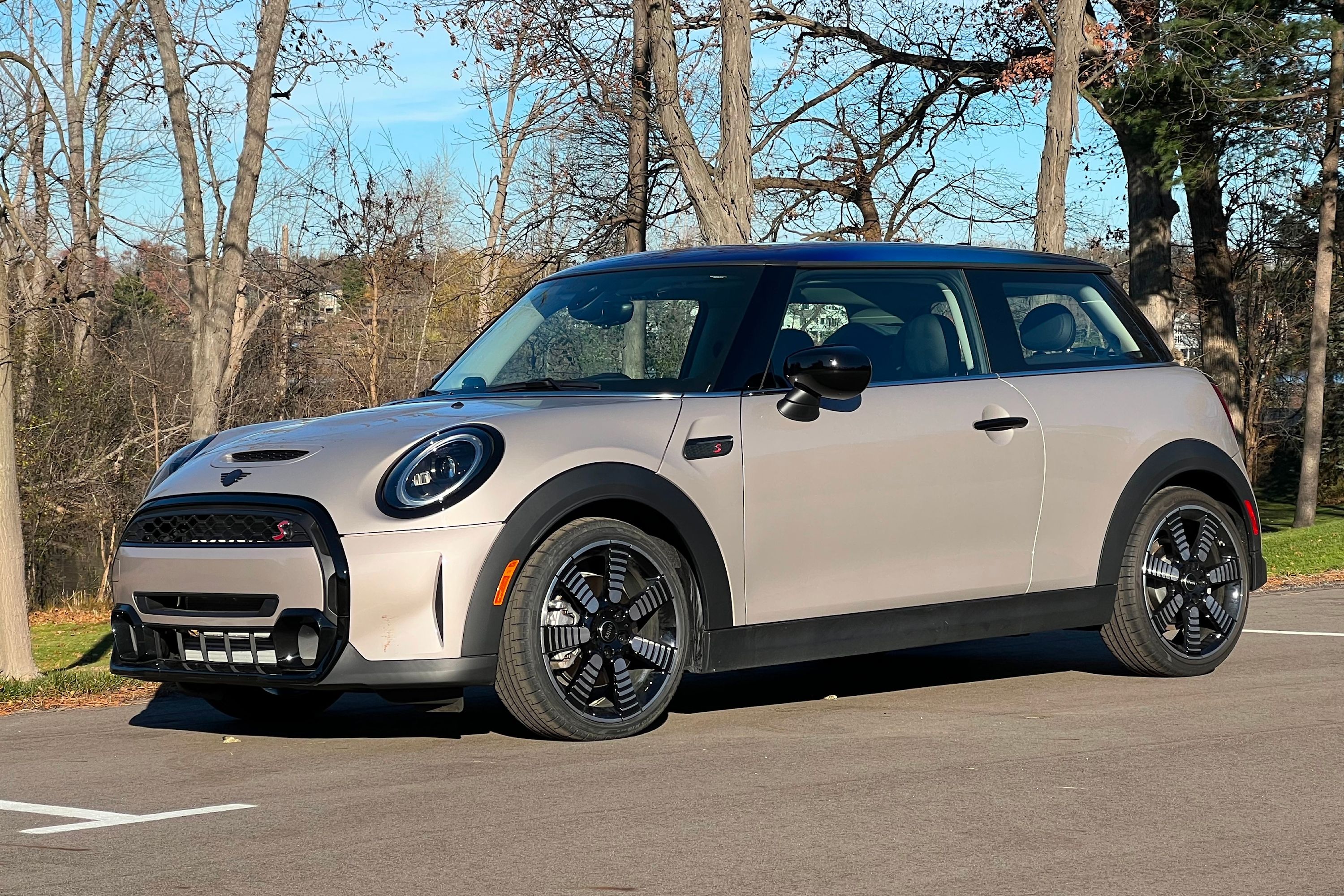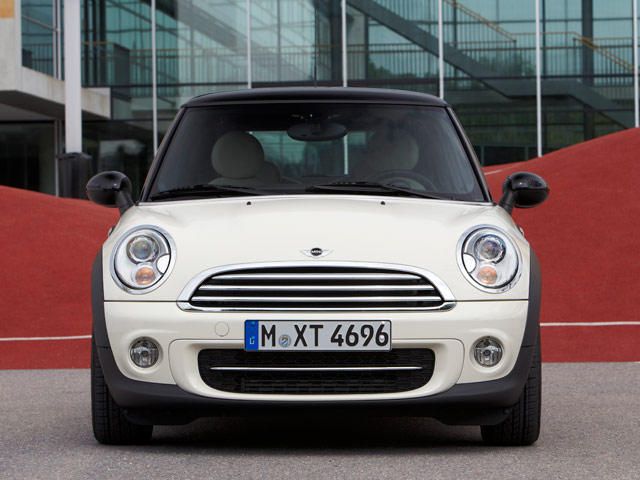
There are some cars that are simply destined to be compared. And I'm not talking about the seemingly never ending Accord vs. Camry debate that mid-level managers love so much to argue about. No disrespect to those seeking corporate advancement, there are simply better and more exciting cars worthy of comparison. Since BMW, wait, sorry I mean Mini, launched the reborn Cooper back in 2001, the perception of small cars, especially from America, has changed all for the better.
Europeans were already well aware that compact cars did not have to be borderline junk. Unlike Americans, they were more willing to pay a premium for a quality small car. The new Mini Cooper managed to have BMW quality combined with small car maneuverability and good packaging. More importantly, it's fun to drive and it doesn't look like some old Korean-built Ford Fiesta. Sales have soared and competitors have now invested serious R&D and money into their small car divisions. Noting this success, Fiat launched their reborn 500 in 2007 for Europe only.
Fast forward a few years and the car is finally arriving on American shores. Equipped with a 1.4-liter I4 that produces 101 hp and 91 lb-ft of torque, the small engine has variable valve timing and lift. All told, it achieves 30 mpg city and 38 mpg highway when equipped with the standard five-speed manual (a six-speed automatic is optional). There are three trims available for the US-spec model: Pop, Lounge, and Sport and all have the same engine output. The Sport has a firmer suspension, upgraded 16-inch aluminum wheels, red brake calipers, unique front and rear fascias, a Bose stereo, and Bluetooth.
Most importantly, the turbocharged Abarth version goes on sale in fall 2011. As with the Mini, Fiat will also offer buyers the chance to personalize their car with 14 color choices (including four that were available on the original car), four interior colors, and various body style graphics. Looks wise, the Fiat is more in tune with its forbearer than the Mini, which is both good and not as good. The 500 is clearly the more retro of the two, but unlike the Mini, Fiat didn't dramatically alter its proportions, resulting in a smaller car. Specifically, Fiat retained the style of the front bumper and snout from the original.
The Mini only resembles its namesake, but it has dramatically grown in size. Equipped with a standard 1.6-liter I4 with 121 hp and 114 lb-ft of torque (with 29/37 mpg city/highway), it hardly sounds fast. Honestly, it's not and you need to upgrade to the turbocharged S model with 1.6-liter with 181 hp and 192 lb-ft of torque in order to fully enjoy the car. The interiors of both are excellent. They are driver-focused, stylish, and functional. Quality is higher in the Mini, but that's not to say the Fiat is lacking. In fact, its center console layout is more user-friendly and you don't have to turn your head to see the speedometer, as in the Mini.
The Fiat 500 Sport (our choice of trims) starts at $17,500 and the base Mini starts at just over $20,000. Simply put, the Mini is one of the most expensive small cars on the market, as it can cost $35k for a John Cooper Works trim. In making a final choice, it's really hard to say. Personally, we prefer the extra space the Mini provides, making it the more convenient daily driver. However, the Fiat 500 is cheaper and has so much potential. We also think it's better looking. With the Abarth and convertible on the horizon, a rematch is certain. For now, the Mini wins - based on reputation alone.
You can take advantage car comparison tool on our site.

